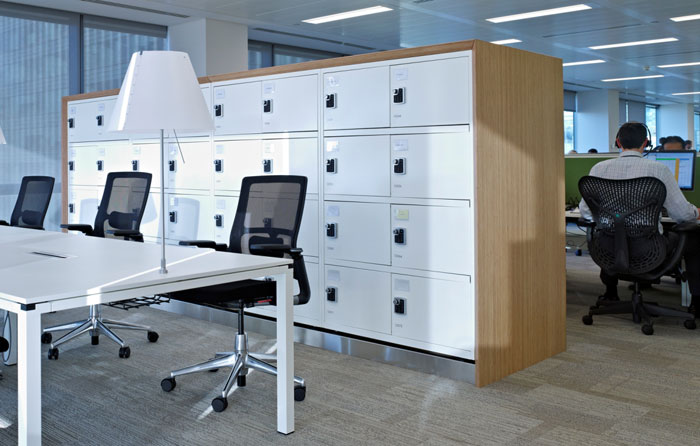Multinationals to maximize office space in Gulf.
 Other News
Other News Subscribe to newsletter
Subscribe to newsletter
| 12 Dec 2011 |
The office rental market in the UAE may be soft with further falls predicted as added supply further outstrips existing demand, but one year on from the launch of its UAE operation, leading Dubai-based interior architecture firm Pringle Brandon has identified a number of global market trends that are now beginning to shape the current $8.6 billion regional interiors industry.
Maximizing office space is now beginning to top the agenda with many regional multinational companies and, although strategies aimed at reducing company overheads are still only recently emerging from the Gulf region, it has already been a major focus for over a decade for UK headquartered companies, operating in more mature markets and crowded cities.
“Even though quality office rents in Dubai have dropped to an average of around AED1,400 per square metre outside of DIFC, clients are still demanding full utilisation of space. In response to this, we develop ways to allow end users to fit more team members into the same area whilst remaining ergonomically aware,” said Steven Charlton, Managing Director MENA, Pringle Brandon.

An open plan office designed by Pringle Brandon, maximizing all available space.
“Multinationals based in the Gulf are looking to streamline their property portfolios to cut global overheads, but also create uniformity across all markets. We see ourselves at the very forefront of this thinking having undertaken density research for the British Council of Offices in 2009 and fully implemented it across all regions in which we operate,” added Charlton.
Sustainability is another area where Pringle Brandon is now seeing increased demand and Charlton highlights the obvious link between sustainability and overheads. “The whole concept of being sustainable has been with us for many years now, but we are finally seeing a growing appreciation for what this actually means in the Middle East, interest in how it can be successfully integrated into a designed environment without having major cost implications,” he remarked.
“We have already been involved in three LEED projects in the region since opening our doors, and are constantly making our clients aware of how we can challenge the perception that it takes too much time or costs too much to go down the sustainable route. Not only is sustainability the right direction to take, lower energy consumption means lower utility bills. I can’t imagine a clearer business case to go green,” he added.
Trends towards increasing the effective utilisation of space and sustainability issues are rounded out by a third trend which many industry analysts believe is the inevitable result of the global village particularly in the commercial arena.
“Over the years we have seen our clients grow into truly global businesses and consequently, invariably global procurement supersedes regional supply chain management. Standardisation sits very comfortably with globalisation and regional outposts have become a thing of the past. Many companies want to conform to an international brand identity and control design and costs centrally, which does present designers with creative challenges,” said Charlton.




